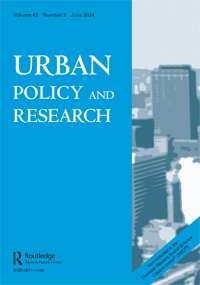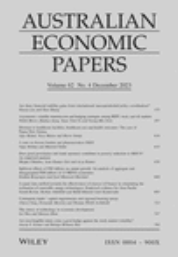Data
- Research
This article examines the impact of neoliberal political-economic orientations on urban planning policies through a case study of Ireland’s Strategic Housing Development fast-track planning scheme.
- Research
The research landscape on energy efficiency and affordable housing research was critically examined through bibliometric analysis and a literature review of Scopus-indexed publications from 2001 to 2023.
- Research
While the mid-sized capitals are still leading the pace of value growth, these markets are also losing momentum. Brisbane’s monthly gain of 0.7% was the lowest since July.
- Research
This study aims to prioritize suburbs in the Melbourne Metropolitan area for the construction of apartment/unit buildings, benefiting both builders/investors and renters.
- Research
My analysis shows how data assemblage theory can be used to understand homeless governance, delineates several factors that prevent or complicate data sharing within homeless systems, and identifies new directions for research on homeless datafication.
- Research
This research investigates the changing geography of homelessness in Australia from 2001 to 2021 and the role of structural factors, such as poverty and supplies of affordable rental housing, in shaping this geography.
- Research
This study is the first to document informal housing practices in Australian cities using 2021–2022 data gathered through web scraping.
- Research
Whose income actually benefits from productivity gains when highly productive urban locations in Australia, and other advanced economies, also are associated with worsening housing affordability and inequality?








